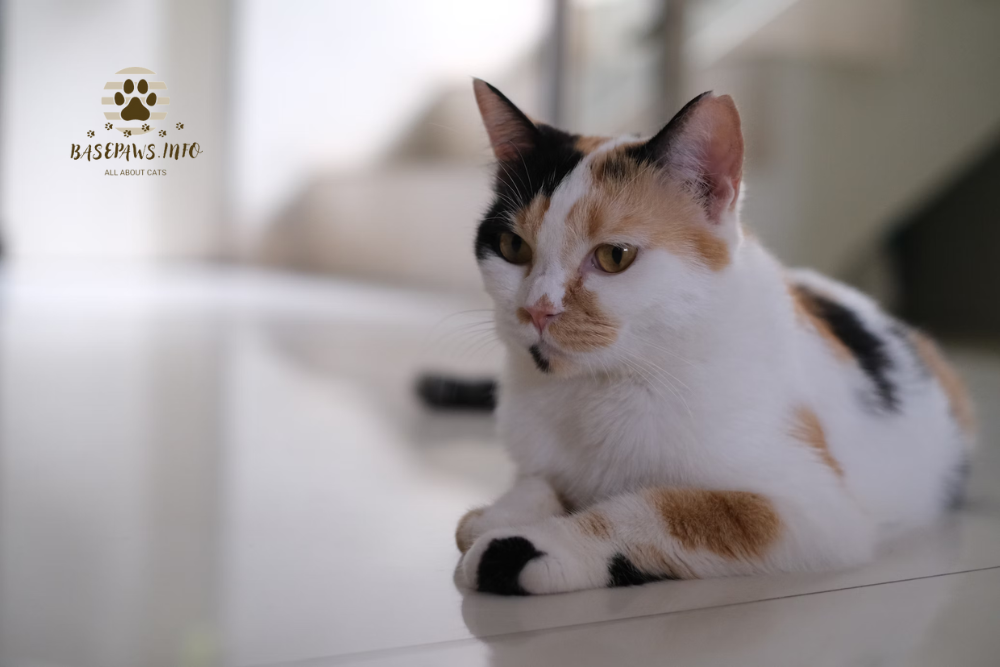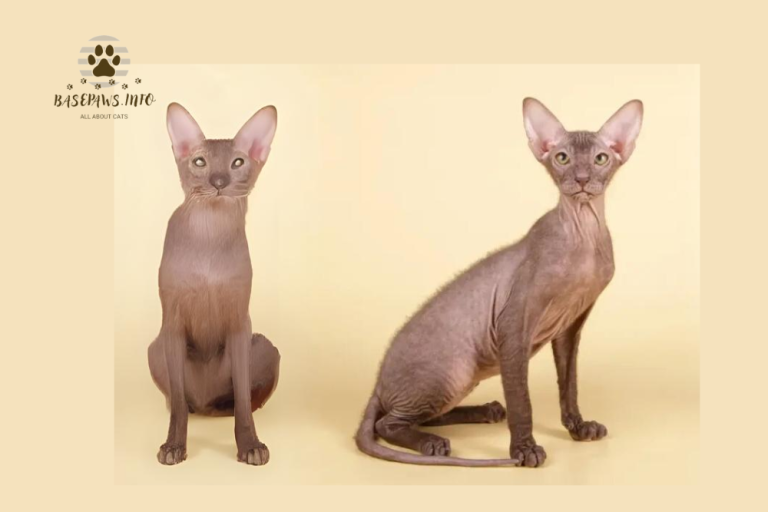Types of Calico Cats: A Complete Guide to Your Unique Feline Friend
If you’re captivated by the distinctive types of calico cats, you’re in good company. Their bold color patterns and unique personalities make them stand out, but potential owners often face a common dilemma: understanding what makes these cats different. This guide will help you uncover everything about these feline wonders, making it easier to decide if they’re the right pet for you.
With various types of calico cats available, each with unique care needs and personality traits, the choice can seem overwhelming. From traditional calicos to dilute varieties, the differences are more than just skin-deep. Learning about the various types of calico cats, including their appearance, health, and temperament, can lead to a more fulfilling relationship with your future pet.
Introduction to Calico Cats
Calico cats are cherished for their vibrant coat colors, which are typically made up of orange, black, and white patches. Contrary to popular belief, calicos are not a separate breed but rather a color pattern that appears across various breeds, adding to their unique appeal. The beauty of calicos lies in their distinctive and varied appearance, creating a one-of-a-kind look for each cat.
Calicos also have a reputation for strong personalities, often described as quirky and independent. Each type of calico cat exhibits its own personality quirks, making it essential to learn about them to understand what to expect as a pet owner. By diving into the different types, you’ll gain valuable insights into how each one may fit into your home and lifestyle.
Moreover, calicos have special care needs, especially due to their unique genetic makeup. Knowing these needs, as well as what to expect from the different types of calico cats, can help you make an informed decision.
Calico Cat Breed Profile and Overview
| Breed Traits | Details |
| Personality | Independent, sometimes sassy, loving |
| Average Lifespan | 12-15 years |
| Coat Colors | Mix of black, orange, and white patches |
| Coat Types | Short to long, depending on the breed |
| Primary Breeds | American Shorthair, Maine Coon, others |
Types of Calico Cats
Understanding the types of calico cats is key to choosing the right one for you. Each type varies not just in color but also in the way their patterns appear, which adds to their charm.
Traditional Calico
Traditional calicos have the classic patchwork coat with bold colors—black, orange, and white. This vibrant pattern is the most common and is found in many cat breeds. Traditional calicos are known for their striking appearance, often catching the eye with their bright color contrasts.
Dilute Calico
Dilute calicos are a softer version of the traditional type, with gray, cream, and white patches instead of the intense black and orange. This type of calico cat has a more subtle, pastel-like appearance that appeals to those who love a more understated look. Despite their softer tones, dilute calicos are just as rare and precious.
Male vs. Female Calico Cats
Most calico cats are female, due to the genetic link between their color patterns and their XX chromosomes. Male calico cats, however, are exceptionally rare and occur in about 1 in every 3,000 calico cats. These males are often sterile, adding another layer of intrigue to their already rare existence.
Tortoiseshell Calico (Caliby)
A tortoiseshell calico, or “caliby,” combines the striping of a tabby with the traditional calico pattern. The stripes add even more personality to the already unique calico markings, giving them a wild and exotic look. This type of calico cat is a favorite among cat enthusiasts who appreciate distinct coat patterns.
Calico Cat Characteristics
| Type | Description |
| Traditional Calico | Bold colors of black, orange, and white patches |
| Dilute Calico | Soft, pastel-like shades of gray, cream, and white |
| Tortoiseshell Calico | Tabby-like stripes combined with calico pattern |
Calico cats, regardless of type, are often known for their independent personalities. Many owners describe them as playful yet occasionally sassy.
History of Calico Cats
The history of types of calico cats dates back centuries, with cultures worldwide considering them symbols of luck. In Japan, calico cats are believed to bring good fortune, leading to their role in the popular “beckoning cat” statues known as Maneki Neko. Genetic studies reveal that their tri-color pattern is tied to the X chromosome, making their coloration a matter of biological chance.
Caring for Your Calico Cat
Caring for the various types of calico cats requires attention to their health, coat, and overall well-being. Pick out a Good name for your feline friend. Here’s a quick care guide:
- Grooming: Regular brushing keeps their coats shiny and minimizes shedding.
- Health: Monitor for genetic conditions, especially in rare male calicos.
- Exercise and Stimulation: Calicos love interactive toys that keep them active and engaged.
Health and Common Health Issues in Calico Cats
While calico cats are generally healthy, male calicos are more prone to genetic health conditions due to an extra X chromosome, a trait known as Klinefelter syndrome. Female calicos don’t usually face this issue but should still have regular vet checkups to ensure they’re in good health.
Appearance and Coat Details
The types of calico cats stand out for their unique coat patterns, which vary widely even among cats of the same type. This individuality extends to eye color, which can range from green to gold. Their distinctive appearance makes each calico a work of art.
Diet and Nutrition for Calico Cats
To keep calico cats healthy, focus on a balanced, protein-rich diet. Since calicos may vary in size and weight depending on their breed, a well-rounded diet is essential.
- High-quality protein: Essential for muscle maintenance.
- Moderate carbs and fats: Helps maintain a healthy weight.
Adopting or Buying a Calico Cat
If you’re interested in adopting one of the unique types of calico cats, shelters and breeders often have calicos, especially females. Rare male calicos might be found through specialized breeders, though their unique genetics can affect their availability and cost.
Pros and Cons of Calico Cats as Pets
Pros:
- Eye-catching and unique patterns.
- Generally affectionate and independent.
Cons:
- Some types of calico cats may require extra grooming.
- Male calicos may have health challenges due to genetic factors.
Fun Facts About Calico Cats
- Lucky Charms: Calicos are often considered good luck in various cultures.
- Rare Males: About 1 in 3,000 calicos are male, due to rare genetic combinations.
- Natural Artistry: Each calico’s coat is unique, making them truly one of a kind.
Related Cat Breeds and Similar Patterns
- Tortoiseshell Cats: Similar in color but lack the white patches found in calicos.
- Tabby Patterns: Some calicos feature tabby stripes, adding an extra layer to their pattern.
Frequently Asked Questions (FAQs) About Calico Cats
- Are Male Calico Cats Really That Rare?
Yes, only about 1 in every 3,000 calico cats is male due to their genetic makeup. - What’s the Difference Between Calico and Tortoiseshell?
Calico cats have a mix of colors including white, while tortoiseshell cats do not have white in their coats. - Do Calico Cats Have Specific Health Issues?
While generally healthy, male calicos can be prone to certain genetic health conditions.
Understanding the types of calico cats is essential for anyone considering adding one of these unique felines to their family. With a mix of beautiful colors, intriguing patterns, and engaging personalities, calico cats can bring joy and companionship to any home. Whether you prefer the vibrant traditional calico or the subtle charm of a dilute calico, there’s a perfect match for everyone. So, if you’re ready to embark on the journey of cat ownership, a calico might just be your ideal feline friend!







